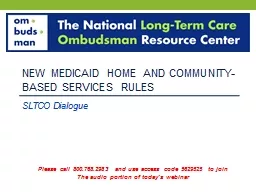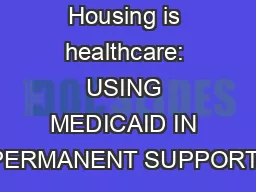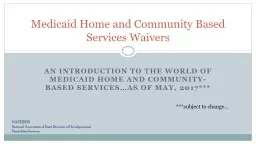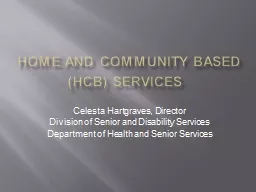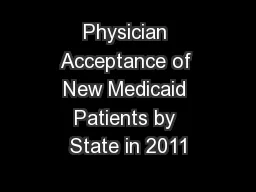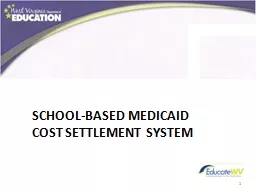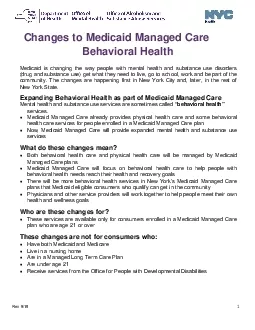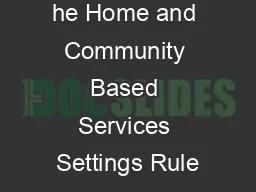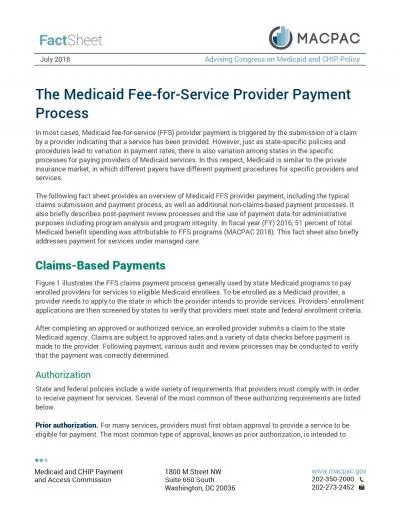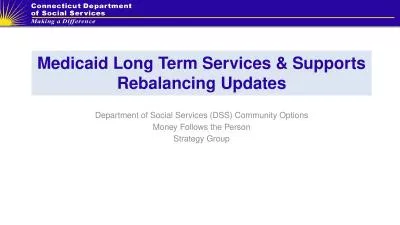PPT-New Medicaid Home and Community-Based Services Rules
Author : alida-meadow | Published Date : 2018-03-23
SLTCO Dialogue Please call 8007682983 and use access code 5629525 to join The audio portion of todays webinar New Medicaid Home and CommunityBased Services Rules
Presentation Embed Code
Download Presentation
Download Presentation The PPT/PDF document "New Medicaid Home and Community-Based Se..." is the property of its rightful owner. Permission is granted to download and print the materials on this website for personal, non-commercial use only, and to display it on your personal computer provided you do not modify the materials and that you retain all copyright notices contained in the materials. By downloading content from our website, you accept the terms of this agreement.
New Medicaid Home and Community-Based Services Rules: Transcript
Download Rules Of Document
"New Medicaid Home and Community-Based Services Rules"The content belongs to its owner. You may download and print it for personal use, without modification, and keep all copyright notices. By downloading, you agree to these terms.
Related Documents

